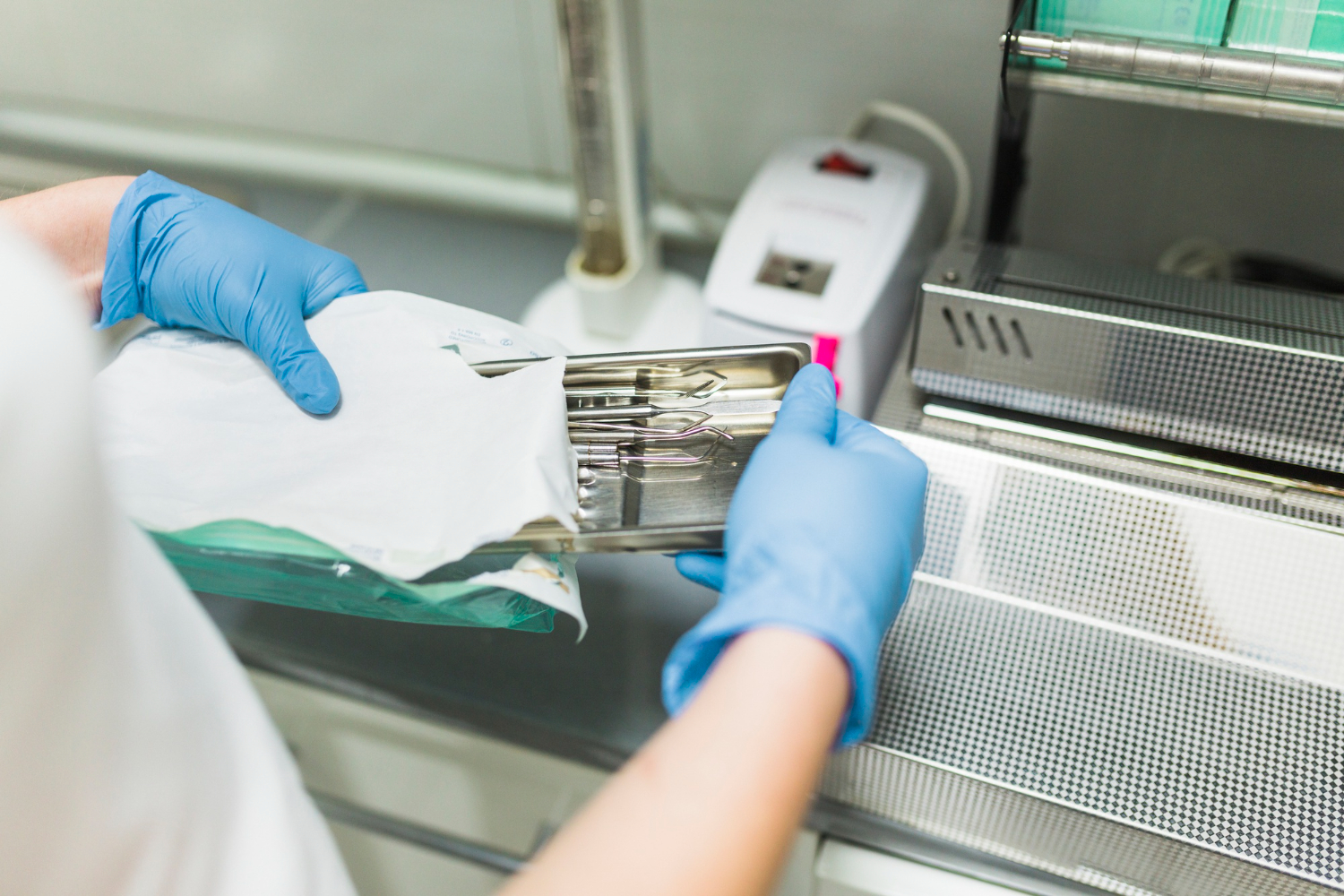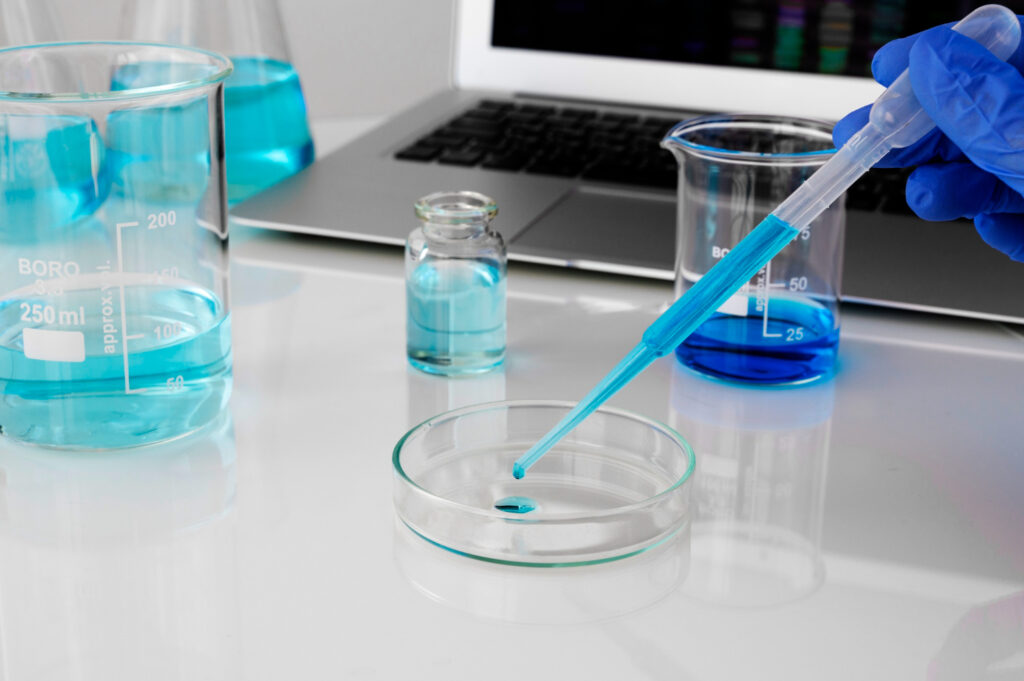
In laboratory environments, maintaining a sterile and contaminant-free workspace is crucial for accurate results and ensuring the safety of researchers. Laminar flow technology plays a vital role in reducing cross-contamination and creating controlled environments. This article explores the significance of laminar flow in lab procedures, explaining what it is, how it works, and the advantages it offers. For Malaysians involved in scientific research, understanding the benefits of mylabplus laminar flow can enhance laboratory practices and contribute to successful outcomes.
What is Laminar Flow?
Laminar flow refers to the smooth and controlled movement of air in a unidirectional pattern within a confined space, such as a laboratory hood or cleanroom. This technology creates a sterile working environment by minimizing airborne particles, including dust, microbes, and contaminants, which could compromise the integrity of experiments or research.
How Does Laminar Flow Work?
Laminar flow systems utilize high-efficiency particulate air (HEPA) filters to purify the incoming air, removing particles as small as 0.3 micrometers. The filtered air is then directed in a parallel, non-turbulent flow over the work surface, maintaining a clean and sterile area. There are two primary types of laminar flow:
1. Horizontal Laminar Flow: In horizontal laminar flow systems, the filtered air flows horizontally over the work area, creating a clean environment for tasks such as sample preparation, equipment handling, and assembly of sensitive components.
2. Vertical Laminar Flow: Vertical laminar flow systems release the filtered air in a downward direction, enveloping the work surface and preventing contaminants from entering the workspace. This setup is commonly used in laboratories for procedures requiring a sterile environment, such as cell culture, pharmaceutical compounding, and microbiological work.

The Advantages of Laminar Flow
1. Contamination Control: Laminar flow technology minimizes the risk of cross-contamination by ensuring that airflows in a controlled and purified manner. It creates a barrier against external pollutants, reducing the chances of contaminants interfering with delicate experiments or compromising sample integrity.
2. Protecting Samples and Researchers: Laminar flow systems provide a sterile environment that safeguards both samples and researchers. By preventing the entry of airborne contaminants, these systems help maintain the purity and accuracy of samples while safeguarding researchers from exposure to potentially harmful substances.
3. Enhanced Productivity and Efficiency: Working in a clean and controlled environment improves efficiency in lab procedures. Laminar flow systems reduce the need for repeated experiments due to contamination, minimizing time and resource wastage. Researchers can work confidently, knowing that their results are not compromised by external factors.
Conclusion
Laminar flow technology plays a vital role in reducing cross-contamination and ensuring the integrity of laboratory procedures. By creating controlled, sterile environments, laminar flow systems minimize the risk of contamination, protect samples and researchers, and enhance productivity in scientific research. Malaysians engaged in laboratory work can benefit greatly from understanding the advantages of laminar flow, implementing it in their practices, and contributing to reliable and accurate results. Incorporating laminar flow technology is a significant step toward maintaining high standards of safety and precision in scientific research and experimentation.







